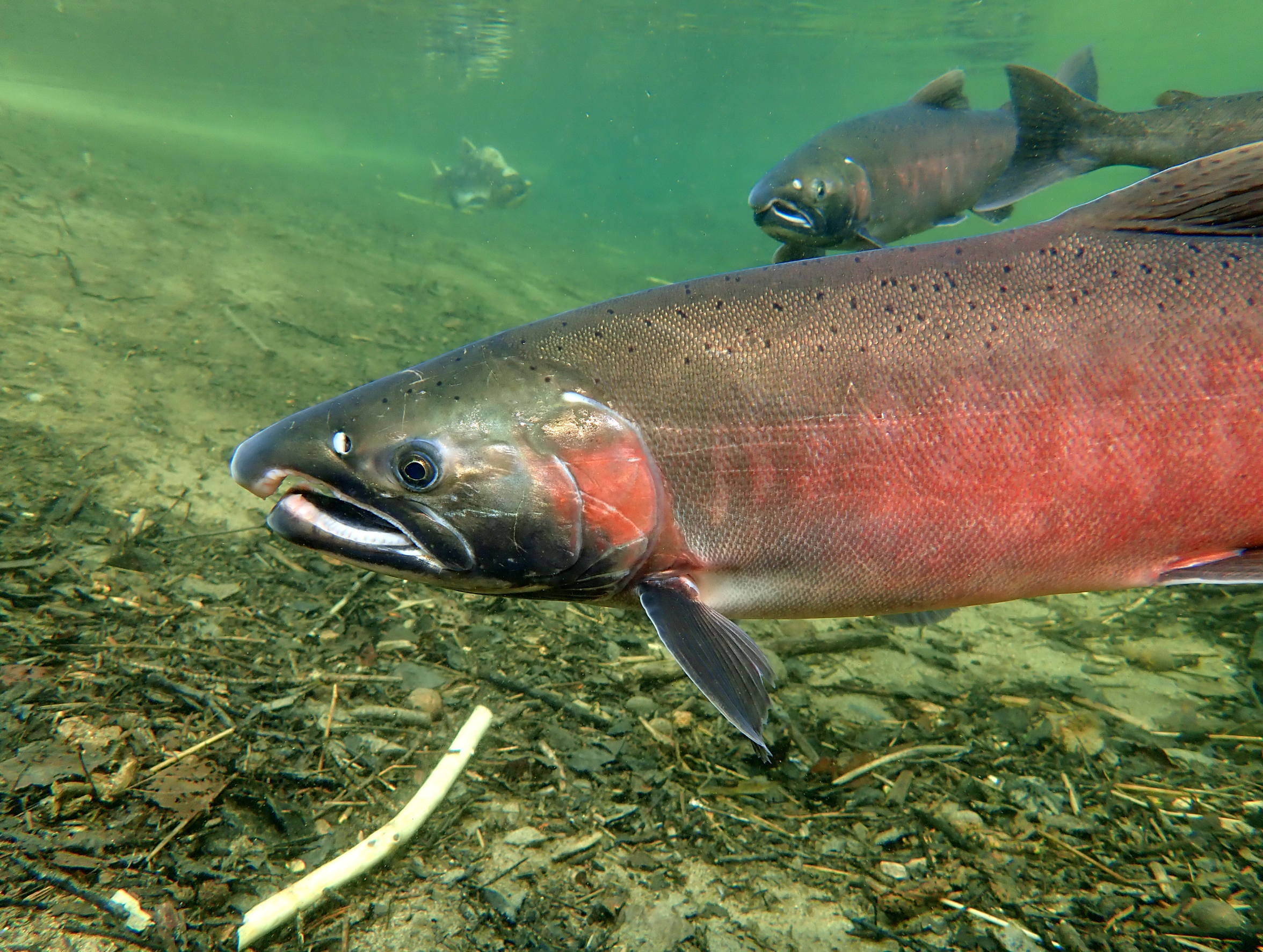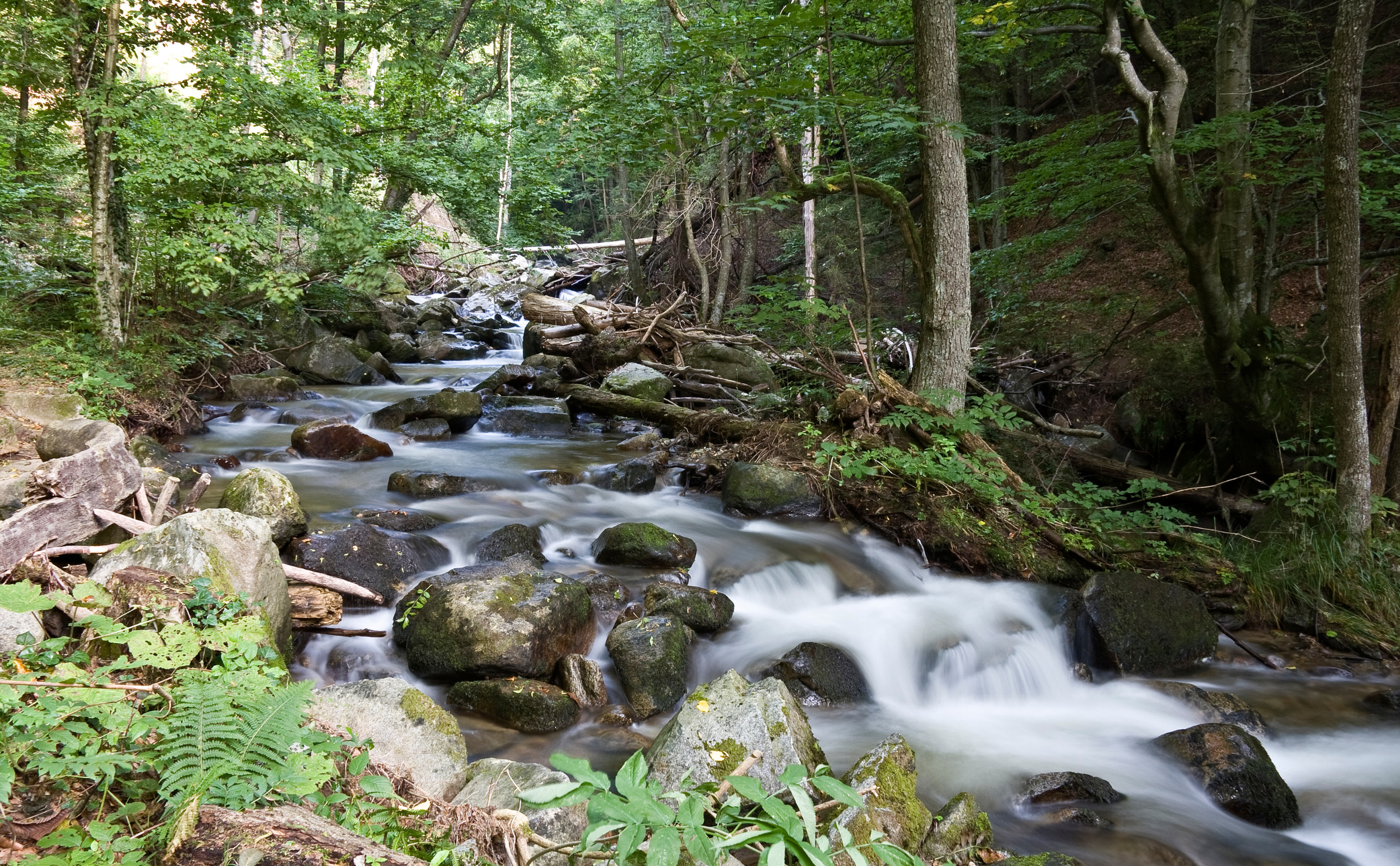By Michael Collins, Teravana
Salmon have the innate ability to find their way back to the rivers and streams where they were born and eventually spawn and die. Seventy-five years ago, when 400,000 Coho salmon used to migrate to northern California rivers and streams each fall, they had a less impeded journey than today (casalmon.org). Their life can last five to ten years, with salmon traveling up to a thousand miles to their feeding grounds before returning to the streams where they were born (usgs.gov).
Pacific salmon, including Coho and Chinook salmon, have traditionally made this journey by instinctually following their sense of smell and sight, or a more cosmic magnetic connection, bringing them back to their final destination. But according to the “State of Salmon in California,” those totals from 75 years ago have shrunk to 8,000 to 30,000 Coho annually. These numbers are far less than they used to be in spawning grounds near Teravana, such as the Russian River. Despite the declines, Coho are hanging on, with some years showing increases after targeted efforts to return more salmon to the Russian River (casalmon.org).

Salmon need their time in the ocean to feed on nutrients and pathogens, such as phytoplankton, zooplankton, and crustaceans. Salmon rely on these nutrients to keep them healthy. This energy also feeds the forests and habitats where they spawn. When they die, nutrients spread to the surrounding creekbeds and plant species (stateofsalmon.wa.gov).
Global warming negatively affects the migrating salmon before they can complete their journey. For example, warm ocean temperatures change the food salmon eat, making survival less likely. Increasing ocean acidity and warming temperatures can also throw off their smell, impeding their sense of direction (stateofsalmon.wa.gov).
As if the test of endurance through the ocean wasn’t enough, Coho salmon that traditionally spawn in northern California rivers now face unhealthy streams and habitats, inhibiting their return and making it more challenging to spawn. Salmon rely on precise conditions, along with depending on their memory, to find their way back. If their habitat has changed, they may not know the way. Lower water heights and warming temperatures can also hinder the survival of salmon, which need cold water streams (stateofsalmon.wa.gov).

Teravana is working on projects to prevent water from rushing through its creeks that flow into Austin Creek, the Russian River, and eventually into the Pacific Ocean just twelve miles away. Creek restoration at Teravana includes moving large rocks and logs to slow down the flow of water and building beaver dam analogs to begin to prevent erosion and bring creeks back to their original and vital state.
There is an ecological sentiment that what happens downstream affects what’s happening upstream. Seeing the soil, plant, and animal health restoration going upstream is also one way to think about the salmon as they swim upstream against the headwater. They feed the forest by going against the current, and without their presence, the surrounding ecosystem is not healing. Teravana aims to join the efforts to increase the population of Coho salmon in nearby rivers and streams.
REFERENCES
Climate Change: PRESSURE: Warming Temperatures Are Altering Salmon Streams. Stateofsalmon.wa.gov.
https://stateofsalmon.wa.gov/executive-summary/challenges/climate
How long do salmon usually live? USGS: Science for a changing world. USGS.gov.
Russian River Coho. National Fish and Wildlife. NFWF.org.
State of Salmon in California. 2024. The Nature Conservancy. CASalmon.org.
https://casalmon.org/statewide-status/#coho
REFERENCES
Canada’s Boreal Forest: Why It’s So Important. Natural Resources Defense Council (NRDC.com). 2022.
https://www.nrdc.org/stories/canadas-boreal-forest-why-its-important
Carbon in Canada’s boreal forest — A synthesis. 2013. Kurz, W.A.; Shaw, C.H.; Boisvenue, C.; Stinson, G.; Metsaranta, J.; Leckie, D.; Dyk, A.; Smyth, C.; Neilson, E.T. Environmental Reviews 21(4):260-292. Canadian Forest Service Publications. https://cfs.nrcan.gc.ca/publications?id=35301
Drever, Ronnie. Primer on Forest Carbon. Nature United.com. https://www.natureunited.ca/what-we-do/our-priorities/innovating-for-climate-change/forest-carbon-boreal-forest/